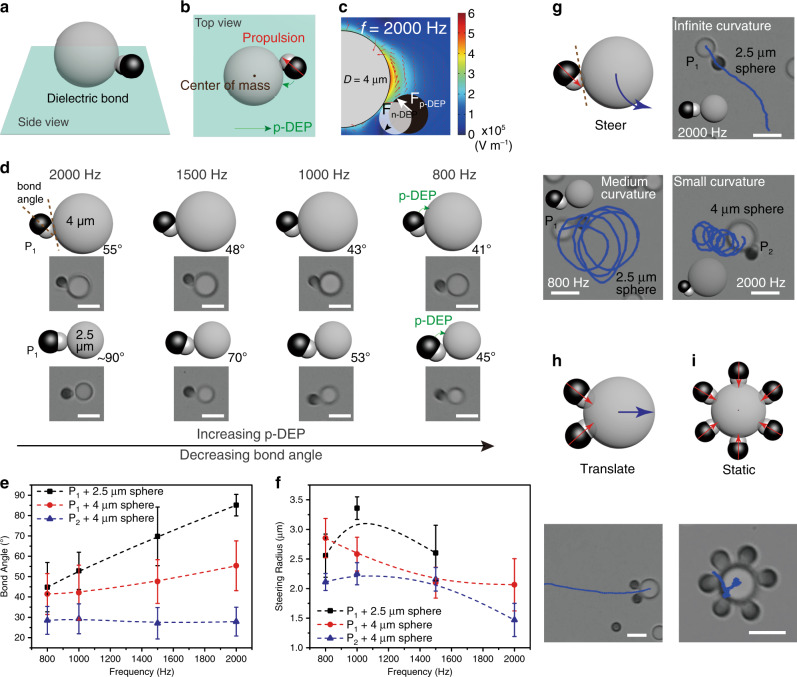Fig. 3. Colloidal molecules with dielectric bonds.
a and b Cartoon showing the side and top view of an AB colloidal molecule featuring the dielectric bond, formed by a metallodielectric patchy particle P1 and the central dielectric sphere (D = 4 µm). The bond angle is defined as the angle between the tangent of where particles touch and long axis of the patchy particle (in x–y plane). c Finite-element analysis showing that the bonding is favorable due to n-DEP attraction for the dielectric lobe (x–z plane), assisted by p-DEP from the metallic lobe. Red arrows represent the direction of electric field lines. Color bar: electric field strength. d The bond angle decreases when reducing the AC frequency which increases p-DEP. e AC frequency-dependence of bond angles for colloidal molecules assembled by patchy particles P1, P2, and 2.5-/4-µm central spheres as labeled. f The radii of steering of the colloidal molecules are determined by their bond angle and the propulsion velocity of the constituent patchy particle, both adjustable by AC frequency (labels are the same as in e). g Schematic and optical microscope images showing the steering trajectories of colloidal molecules. A wide range of curvature (infinite, medium, and small) are achieved. h Colloidal molecule shows translational trajectory when more ligand patchy particles join the assembly (ABn, n ≥ 2). i The saturated colloidal molecules are somewhat static due to balanced forces. Scale bar: 4 μm. The error bars refer to the standard deviation of values for multiple experiments.

